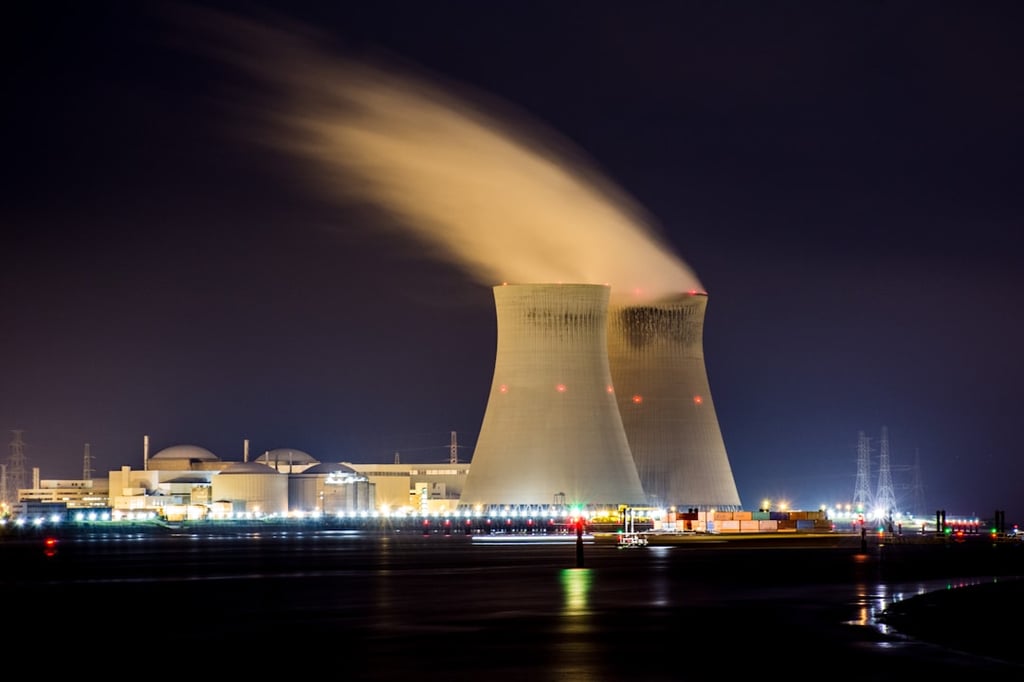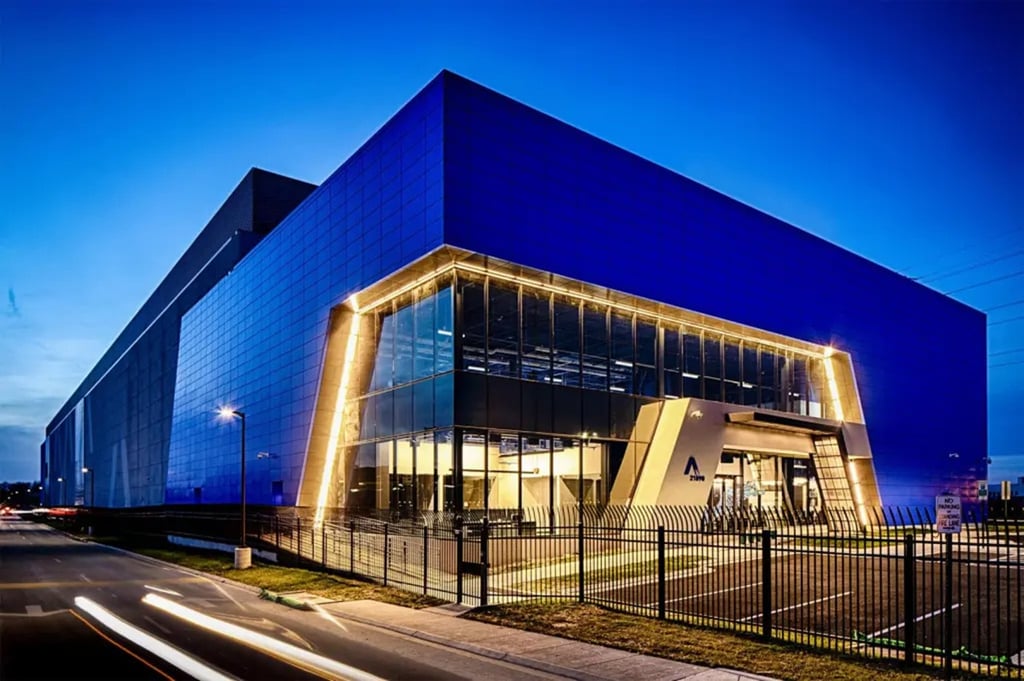In data centers around the world, CIOs and CTOs are performing the ultimate IT balancing act. They’re working to provide continuous, quality services for their business while trying to be as cost- and energy-efficient as possible. For them, going green is more than just being eco-friendly. Due to the increasing data demands, sustainability is now […]
Datamation content and product recommendations are
editorially independent. We may make money when you click on links
to our partners.
Learn More
In data centers around the world, CIOs and CTOs are performing the ultimate IT balancing act. They’re working to provide continuous, quality services for their business while trying to be as cost- and energy-efficient as possible. For them, going green is more than just being eco-friendly. Due to the increasing data demands, sustainability is now a budget necessity.
Taking a new approach to data center infrastructure offers a variety of benefits, with lower expenses topping the list. Making a data center more efficient is an extensive process that will require ongoing efforts to ensure your organization reaches a balance between performance and cost.
Growing Data Needs, Growing Power Demands
Just as the brain consumes more energy than any other organ in the human body, a data center is the biggest source of consumption within many companies. A room packed with servers requires a great deal of energy both to operate and for cooling purposes.
According to the National Resources Defense Council, data centers used 91 billion kilowatt hours of power in 2013 and are currently on target to reach 140 kilowatt hours by 2020. Part of this increasing power usage isn’t just from growing demand but from inefficient systems. The NRDC notes that if U.S. companies were to reduce their energy consumption by only 40 percent, the overall savings would add up to over $3 billion. In a survey on data center trends, construction firm and real estate developer Mortenson discovered that energy efficiency is the one thing data center owners would most like to change about their facilities.
Although the financial benefits are clear, a path to greater efficiency is a little trickier. Even when an energy-wasting source has been identified, making changes isn’t easy, especially when an infrastructure has been in place for years. Being able to gain some new efficiencies depends on first narrowing down where improvements can be made.
Key Efficiency Solutions
If a data center is already experiencing some increases in its energy spending, that isn’t a trend that will be going away. Being able to contend with these growing costs requires a plan for controlling energy spending, with a focus on three areas that can make a major difference in electricity costs and overall efficiency:
- Virtualization: The arrival of virtualization has provided a big advancement in getting the most use of a server’s capacity. By using virtual machines, you can reduce the number of servers you need and consequently lower your energy and cooling expenses immediately. It’s been estimated that a data center can reduce its power footprint by 75 percent just by fully virtualizing its environment.
- Cold aisle containment: A well-rounded efficiency plan should include more than just high-tech solutions, and a temperature strategy known as cold aisle containment involves taking some physical steps to ensure you’re getting the most out of your cooling system. This entails installing doors at each end of a series of server cabinets and adding a roof on top, forcing cool air from the floor to enter the servers. Additionally, blanker panels can be installed inside a cabinet to prevent air from seeping through any openings within the cabinet.
- Economizers and free cooling: During certain times of the year or in certain geographical areas, cooler outdoor temperatures can contribute to regulating a data center’s temperature. Devices known as economizers can function as part of an air conditioning system, allowing free cooling. The economizer draws in cool, external air, cleans any impurities out of it, and then uses that air to help maintain a data center’s temperature. The AC is then no longer running at the usual intensity, and power costs are reduced, allowing you to collaborate with nature for a green solution to a high-tech concern.
Overcoming the Barriers to Efficiency
Taking a more efficient approach to data center operations will consist of first assessing your operations, making some technological considerations, and then putting a tailored plan in place. Being able to see some reduced costs will require both adopting some new practices and making simple adjustments that can yield major benefits. Your team can determine if your data center is being overcooled, if you’re running too many servers, or if your cold aisle containment is working properly. You may find yourself embarking on a virtualization plan in addition to taking simple steps like properly spacing the most active servers throughout the room so that you’ll only need to cool the areas that need it most, rather than the entire room.
Despite any obstacles, greater efficiency is within reach, and as data and cloud demands increase, it will be essential to implement a sustainable system. Utilizing a combination of high- and low-tech solutions can help your company find that ideal balance between continual uptime and cost-saving efficiency.
Bryan Smith brings over 14 years of experience in the telecommunications and technology industries to his role as Chief Strategy Officer of Expedient, a data center, colocation, cloud services and managed data network services provider.
Photo courtesy of Shutterstock.
-
Ethics and Artificial Intelligence: Driving Greater Equality
FEATURE | By James Maguire,
December 16, 2020
-
AI vs. Machine Learning vs. Deep Learning
FEATURE | By Cynthia Harvey,
December 11, 2020
-
Huawei’s AI Update: Things Are Moving Faster Than We Think
FEATURE | By Rob Enderle,
December 04, 2020
-
Keeping Machine Learning Algorithms Honest in the ‘Ethics-First’ Era
ARTIFICIAL INTELLIGENCE | By Guest Author,
November 18, 2020
-
Key Trends in Chatbots and RPA
FEATURE | By Guest Author,
November 10, 2020
-
Top 10 AIOps Companies
FEATURE | By Samuel Greengard,
November 05, 2020
-
What is Text Analysis?
ARTIFICIAL INTELLIGENCE | By Guest Author,
November 02, 2020
-
How Intel’s Work With Autonomous Cars Could Redefine General Purpose AI
ARTIFICIAL INTELLIGENCE | By Rob Enderle,
October 29, 2020
-
Dell Technologies World: Weaving Together Human And Machine Interaction For AI And Robotics
ARTIFICIAL INTELLIGENCE | By Rob Enderle,
October 23, 2020
-
The Super Moderator, or How IBM Project Debater Could Save Social Media
FEATURE | By Rob Enderle,
October 16, 2020
-
Top 10 Chatbot Platforms
FEATURE | By Cynthia Harvey,
October 07, 2020
-
Finding a Career Path in AI
ARTIFICIAL INTELLIGENCE | By Guest Author,
October 05, 2020
-
CIOs Discuss the Promise of AI and Data Science
FEATURE | By Guest Author,
September 25, 2020
-
Microsoft Is Building An AI Product That Could Predict The Future
FEATURE | By Rob Enderle,
September 25, 2020
-
Top 10 Machine Learning Companies 2021
FEATURE | By Cynthia Harvey,
September 22, 2020
-
NVIDIA and ARM: Massively Changing The AI Landscape
ARTIFICIAL INTELLIGENCE | By Rob Enderle,
September 18, 2020
-
Continuous Intelligence: Expert Discussion [Video and Podcast]
ARTIFICIAL INTELLIGENCE | By James Maguire,
September 14, 2020
-
Artificial Intelligence: Governance and Ethics [Video]
ARTIFICIAL INTELLIGENCE | By James Maguire,
September 13, 2020
-
IBM Watson At The US Open: Showcasing The Power Of A Mature Enterprise-Class AI
FEATURE | By Rob Enderle,
September 11, 2020
-
Artificial Intelligence: Perception vs. Reality
FEATURE | By James Maguire,
September 09, 2020
SEE ALL
DATA CENTER ARTICLES







